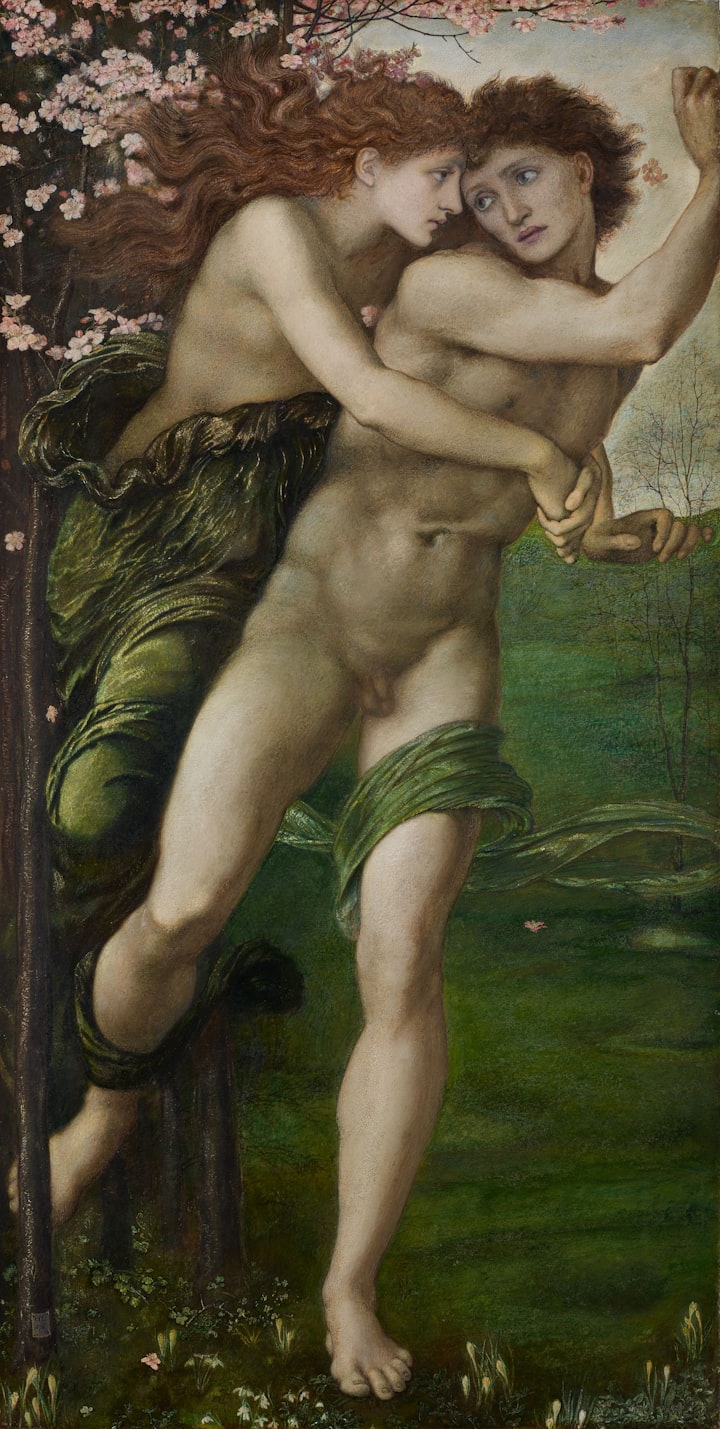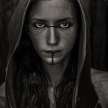I Am The Lilitu
The Legends of the Night Owl Demoness

The Goddess Of Night
The Female Night Deity and Female Archetypes
This article is intended as a companion article to my most recent fictional publication on Vocal. If you feel so inclined, please check it out here! I will also paste the link in the bibliography. I appreciate your support in advance.
To begin we ask the question: who is the goddess of the night? What does this mean, exactly?
Are we referring to the Greek goddess, Nyx? Or, are we referring to the Norse goddess, Nott who is the grandmother of Thor?
Do we mean the Egyptian goddess of the sky and night, Nut?
In a sense, we mean all of them. But, we also mean something much deeper and more pervasive through time. These goddesses are emblems of a much deeper symbol.
It seems every culture across time has a god or goddess of the night. They are almost always a goddess, though, which is an interesting and important thing to consider.
Why is she almost always a goddess? The reasons for her designation as the night originate in the archetype of female. Night has almost always been personified as a woman or a female spirit.
The primary question here is: why? Why is the moon overwhelmingly female while the sun is male? Why is the starry sky seen as feminine and the hot sky of the day seen as masculine?
Why Are the Night and the Moon Almost Always Feminine?
There Are several reasons behind the feminine symbol of the moon and night. And, deep down they hearken back to Lilith and the feminine symbol of power. But, we will get to this.
One reason the moon is seen as female is that it is considered the secondary astral body. Women have often been portrayed as the product of men. Therefore, men personified the sun and women the moon.
In her ground breaking work on feminism and feminist thought, Simone De Beauvoir stated that woman have been subjected to the status of "second sex". In her book titled "The Second Sex", she explains how women are considered "the other part of men". This means they are not autonomous beings of their own right. And, in the Lilith motif this is a very important concept.
Before we dive into this, however, let's clarify how this concept has influenced the female's association with the moon (especially in Western culture). One clarifying point comes from the book of Genesis.
"And God made two great lights; the greater light to rule the day, and the lesser light to rule the night...." (Genesis 1:16).
Women are generally viewed as nurturing creatures. This is primarily connected to their capacity to procreate and being the great mother. The moon is gentle and easy on the eyes. A simple gaze can make one feel just how nourishing its light is.
This is just me projecting my perception of the moon and why our ancestors thought of it as feminine. As a light source, it appears more gentle and kind than the sun does. But, one thing is certain, in art throughout time the moon and night are female. Why and when they happened is not entirely known. But, these are my thoughts.
Other considerations for the moon's gender lies in her association with birth, life, death, and the menstrual cycle. It seems when our ancestors saw the moon they took note of how she changed shape. One night she appears full and rounded like a pregnant woman. Another night she is slim and fading away like humans at the end of life.
Then, she is gone altogether! As if she has died. Only to reappear once more full and round. To our ancestors, this must have seemed like the outline of the life cycle played out in the skies. And, the life cycle is irrevocably connected with the menstrual cycle and female reproduction.
The moon has become so connected with the reproductive system that our term "menstrual cycle" means "moon cycle". The ancients seemed to believe, as do many psychically inclined today, there was a close connection with the moon and menstrual blood.
It is not known which came first, but this is also why the moon is so closely linked with water. Water was a flow of liquid over the earth that brought forth new life. Similarly, the woman's flow brought forth new life. Over time, water, the moon, and the menstrual cycle became locked as one.
Why the Night is almost always Female
Nighttime is when we dream. Dreams have long been associated with divination. And, divination is commonly a female art.
From the witch goddesses Circe and Hekate, witches have long filled the minds of people as feminine. But, again, why are they seen as female?
And, on this subject, why are wizards and warlocks commonly secondary to the female diviners?
There is much debate about this topic in the academic community. But, generally, the realm of the spiritual and divination was seen as connected to the mystery of life. Life is a sequence that few of us understand.
This was just as true for the ancients as it is for us today. The belief as well that there was some grand story being told in the sky with the zodiac and constellations connects with life as well. Basically, for the female energy, there was always a heavy focus on the cycle of life.
This connects to the belief that women were the source and creator of life. And, since the night was when the moon and stars were out, it brought with it the sense of divination. A talent that brings about knowledge of life.
Clearly a female talent.
Where did the Female Goddess Lilith Originate?
Now that we see some of the female patterns scattered throughout myth and symbol, let's see one of the earliest known goddesses. As the title of this indicates, she was not always known as "Lilith" either.
About the Creator
Emily Marie Concannon
I am a world nomad with a passion for vegan food, history, coffee, and equality.
You can find my first novel on Kindle Vella here: https://www.amazon.com/kindle-vella/story/B09V4S7T4N :) I appreciate all your support and engagement! :)






Comments
There are no comments for this story
Be the first to respond and start the conversation.